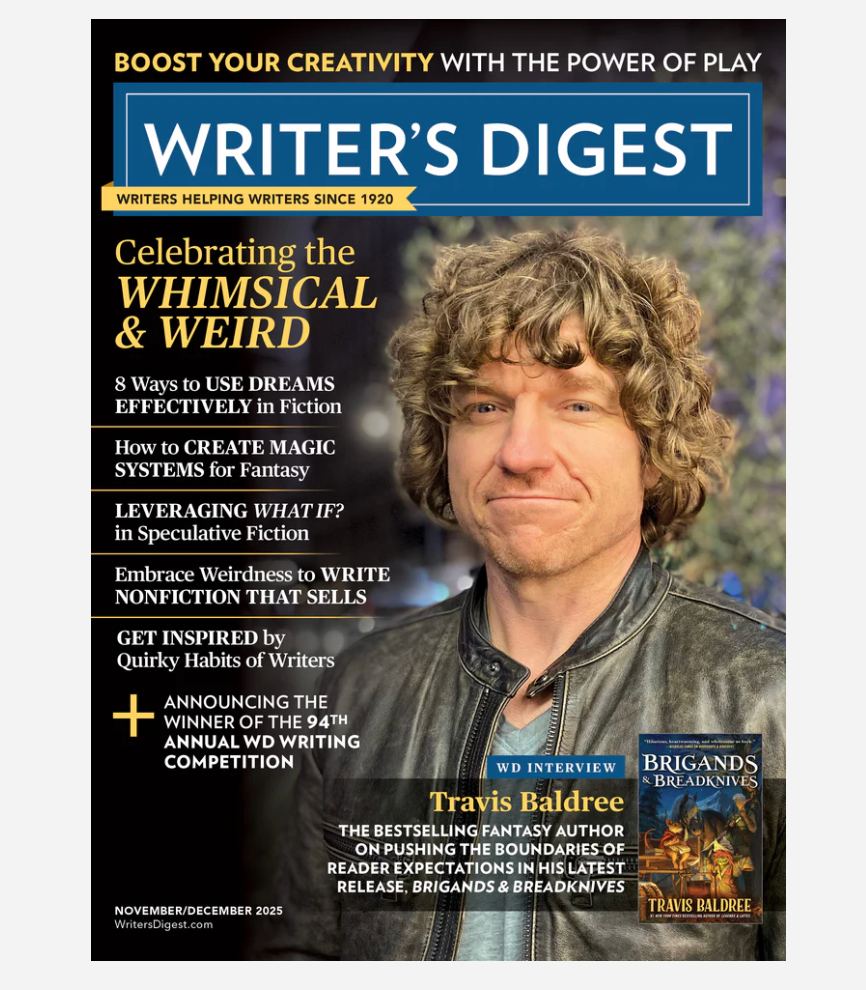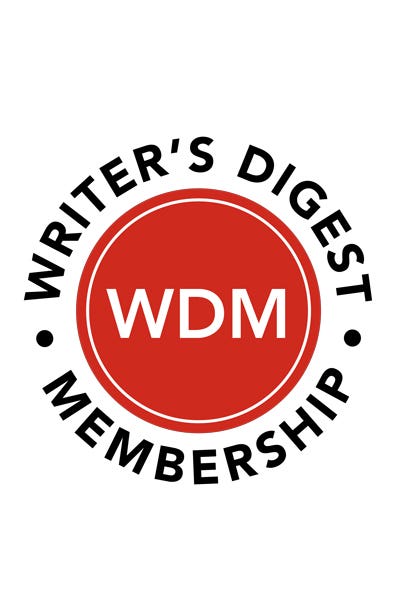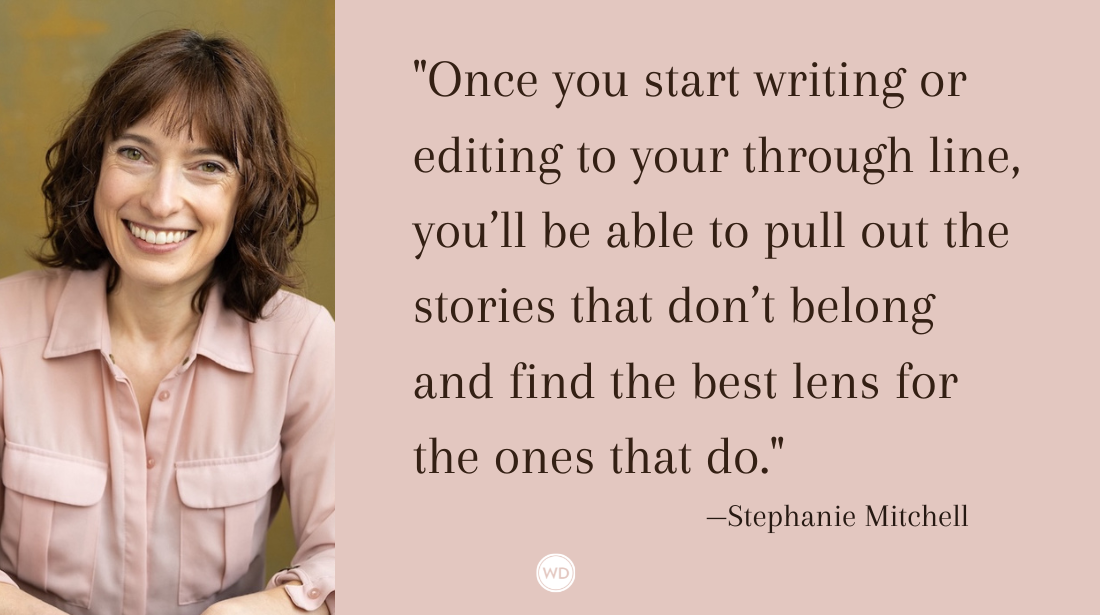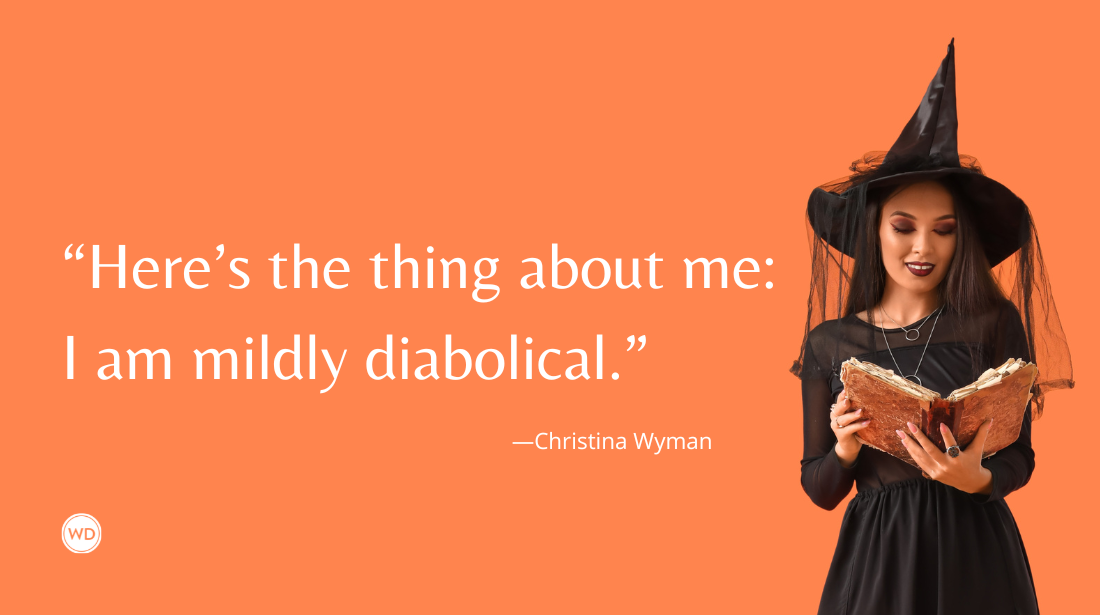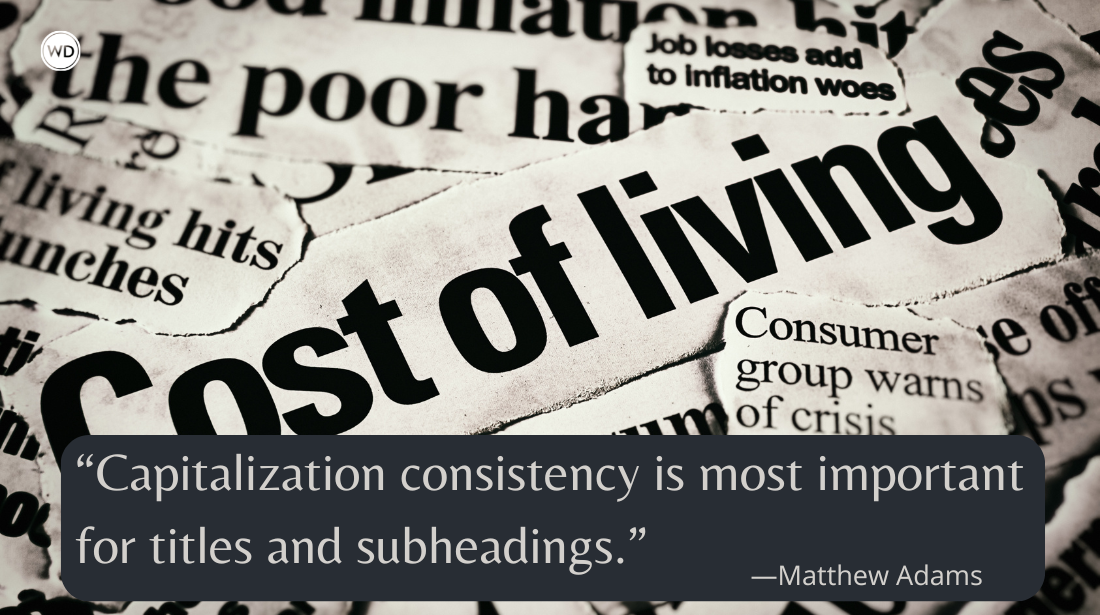What Are Listicles, and Are They Considered “Real” Journalism?
Journalist Alison Hill explains what listicles are, answers whether they’re considered “real” journalism, and how to write them.
Are listicles considered “real” journalism? The quick answer is sometimes. It just depends on the content, angle, and tone of the piece. Unfortunately, many listicles that litter the online space are now clickbait.
While often disparaged as ‘lazy journalism,’ when done well the listicle format is nevertheless a useful tool for conveying interesting and important information. I would place listicles in the same category as light features or call it soft journalism, but again, it depends on the content and subject matter. Some listicles do tackle serious and heavy topics.
So, What Is a Listicle?
A listicle is simply an article structured as a list of tips, facts, or examples, based on a particular theme, such as, “The 10 Best Christmas Movies of All Time” or “Top Summer Beach Reads.” They always have a catchy headline to lure you in and the format is straightforward—a short introductory paragraph explaining the reason for the article, followed by the list, either numbered or bulleted, with a sub-heading and a brief explanation for each example. Listicle is a ‘portmanteau,’ or a blend of the words list and article.
Although there’s been a proliferation of listicles online, it’s nothing new, as any serious women’s magazine readers well know. Publications like Cosmopolitan, Glamour, and others have been using this format for decades. How many times have you seen lists on magazine covers that caught your eye? Even men’s print publications like Men’s Health have been using this format effectively.
One of my first regular online freelance gigs was writing for a listicle site. I wrote politics and entertainment pieces, with topics ranging from “How to Stay Married” and “Top 10 Best Zombie Movies” to “The 10 Poorest Countries in the World” and “10 Facts about Human Trafficking.”
The above examples prove that you can use this format to tackle serious issues as well as the lighter subjects. As freelancers we often lack the budget and resource for an in-depth piece requiring months of research, interviews, and possibly travel expenses, unless our pitch is accepted by a major publication. But with a listicle we can offer the very basic facts and statistics by researching freely available online resources such as the US State Department trafficking in Persons Report or the US Census Bureau.
We could call it a gateway article, to give the reader an easy-to-read summary of, or an introduction to, a topic that may compel them to explore further. It also gives writers a chance to experiment with more serious topics and turn them into content.
Listicles can also provide useful advice and tips on anything from dating to cooking a turkey.
5 Tips for Writing Better Listicles!
While relatively easy to write, listicles do require research, most of which can be conducted online. They also demand accuracy and proofreading (by a human). The beauty of listicles is that they can cover just about any topic, and they’re a great way to break into online or print publications as a freelancer. I’ve written two pieces for Scout Life magazine (previously Boys’ Life) and both were listicles. My second piece for WritersDigest.com was a listicle and I often use the format for this monthly column.
That being said, here are 5 tips for writing better listicles!
*****
The Writer’s Digest Guide to Journalism is a practical, informative, and well-researched introduction to journalism and its best practices, with actionable advice, tips, techniques, explanations, and anecdotes straight from the field. In this digital guide, writers will learn how to write an effective news piece, skills need to be an effective journalist, outlets for publishing journalism, journalism associations, and so much more. Both inspirational and pragmatic, The Writer’s Digest Guide to Journalism is packed with valuable resources for aspiring journalists.
*****
Check your facts and avoid using AI to write your piece! Here’s why …
In 2023 Microsoft allegedly published, and then retracted an AI-generated article, “Headed to Ottawa? Here’s what you shouldn’t miss!” which among other attractions, recommended tourists visit an Ottawa food bank on “an empty stomach.” Click here for the story.
The Chicago Sun-Times experienced an equally embarrassing AI gaffe when they published a summer reading list produced by a third-party company, including books that don’t exist. They were made up by AI. The writer admitted he used AI for the piece and that he failed to fact check. Click here for more information.
While humorous, these are embarrassing mistakes with severe consequences for the writers and publications involved.
Pick a number!
If you’re going to use numbered lists, the best performing numbers are 5, 7, and 10. 15 and 29 are also great for more in-depth pieces. Major publications like “Rolling Stone” can get away with using 100 examples, such as The 100 Best Albums of 2024.
As for word count, it can vary with each piece, but the range is usually 800 to 1,500 words. A listicle can essentially be as long as you like, but whether readers will get to number 72 on your list of 150 is anyone’s guess. The introduction should be concise and can be as short as 60 words if strongly written but can also sit comfortably around 100-150 words. Each numbered example requires a strong paragraph or two, again around 100-150 words, depending on the complexity of the topic.
Write what you love.
Pick topics that you either love or want to explore, as this makes the process easier and much more fun. After watching my friends get on the fastest zip line in the world in my home country Wales, I was compelled to research zip lines. I had the fastest, so where was the highest, the longest, and scariest zip line? It quickly morphed into a lucrative, easy-to-write listicle for a national magazine that paid well.
Offer value to your readers.
Don’t shortchange readers with huge promises in your headline. Provide valuable and useful information they can and will use. If you live in a touristy spot why not write some listicles about the best things to do and see in your area? These don’t have to be restaurants and museums. Think outside the box about people’s needs. How about best walks? Best places to fish? Best spots to see wildlife? 7 places to sleep in your car for free along the Pacific Coast Highway, you get the gist.
The beauty of listicles is that they can be about practically any subject matter and topic, and again they’re easy to produce. They just need to be useful. As journalists, we’re providing a service, sharing facts we’ve researched and verified, that will help others make informed decisions.
Use an image for each item on the list.
These can be public domain or Creative Commons photos, and you can even use your own as I often do. You can also use Canva, Unsplash, or any number of sites, just search for royalty free images. I would suggest crediting each photo and/or citing the source even if they’re free, just for courtesy.
If your list is about movies or best songs, you can include a link or embed the movie trailer or song in your piece from sites like YouTube. This is great if you’re writing on Medium in particular. In fact, most of my Medium articles are listicles!
Just one more thing…
Listicles are being overused and it’s undeniable that many are AI written and churned out by content creators trying to make easy money. As we saw in the examples above, journalists are also using AI without fact-checking, and the results can be disastrous.
*****
However as professional writers we can save the reputation of this very useful article format by ensuring all our work is of the highest quality, while we endeavor to inform, educate, delight, and entertain our readers. We also have the knowledge, skills, and experience to engage our audience and provide real value, through integrity, accuracy, and diligence, which are some of the principles of ethical journalism.
And to answer the initial question, are listicles considered ‘real’ journalism? Yes, when done well and responsibly. Clickbait listicles are not journalism and it’s easy to differentiate between the two.
Listicles are a form of journalism just as much as opinion pieces, personal essays and features. It’s just a different presentation of facts. Readers, especially online, appreciate well presented, actionable information that’s easy to skim and digest, with quick answers to their questions and needs, whether health related or for entertainment. The structure of listicles is logical, formulaic, and simple, helping our brains to easily organize, evaluate and process the information. These are just some reasons why listicles continue to succeed, especially online.
Alison Hill is a freelance writer, journalist, and Emmy-nominated producer who writes for print and online publications. Since 2001, Alison has been a regular guest commentator on BBC radio news shows discussing US politics and current events. Before going solo, she was a PBS producer and director and also worked as an investigative journalist for a Welsh TV series. From hosting TV shows and creating online content to going undercover with a hidden camera, she’s done it all. Alison grew up in a tiny village in Wales and speaks fluent Welsh. She’s an avid hiker, who also loves camping, kayaking, and reading. She now lives in South Carolina with her husband, 8-year-old daughter, and two rescue cats.


